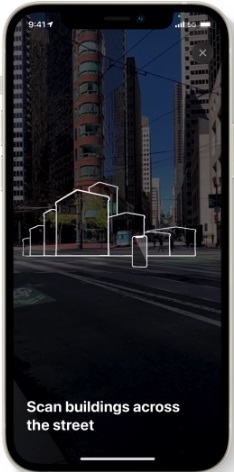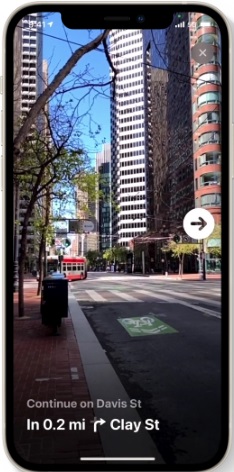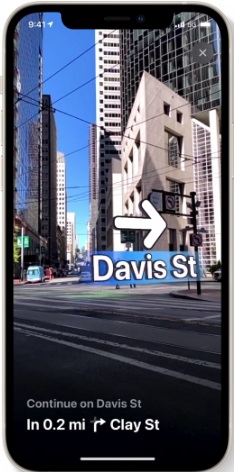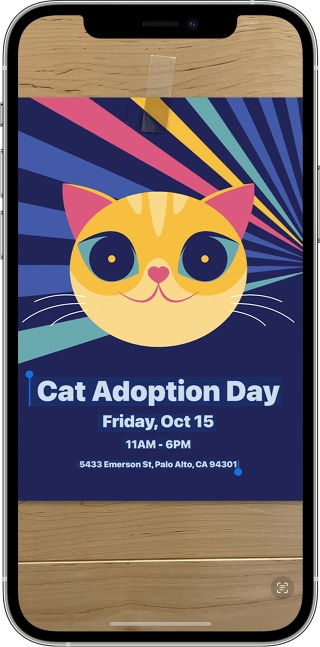Apple’s launch of iOS 15 introduced some big changes to apps like Safari, but you might have noticed some things missing. A few features will be added in later software updates, but there are several that you may never see, depending on the age of your iPhone.
What features aren’t available yet?
Some of these will come in later updates, but others have only been announced. Here’s what isn’t going to be available the day you upgrade to iOS 15:
SharePlay
SharePlay was a leading feature in announcements about iOS 15, but it’s not going to be available until later in the fall. When it launches, people will be able to share screens and stream synced content over FaceTime. SharePlay will also allow collaboration on Apple Music, like pausing or skipping between tracks with another person.
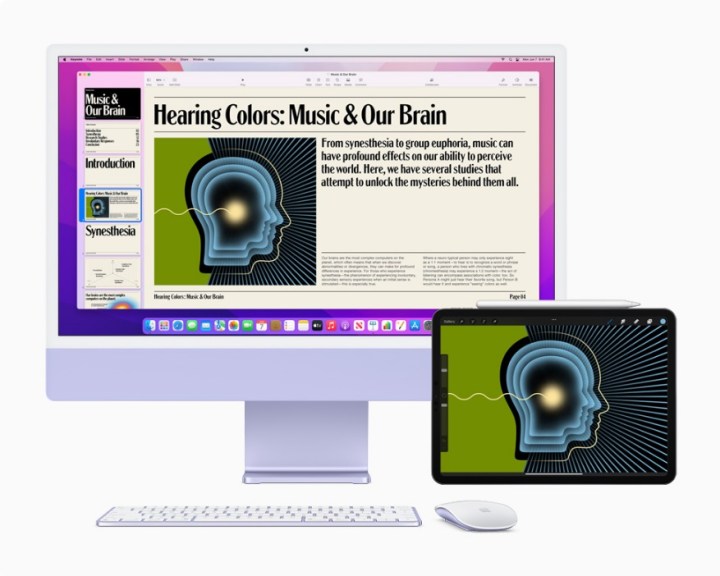
Universal Control
Universal Control is a new feature of MacOS Monterey thatwon’t be released until later in 2021. The update will give users the ability to control their iPads with the mouse and keyboard on their Mac, and even to drag and drop content from one device to the other.
Digital Legacy
Designating someone as a Legacy Contact will allow them to access your Apple ID account, including photos and other important data.
iCloud Private Relay
Private Relay is going to be added to iCloud Plus. Private Relay encrypts the traffic leaving your device on Safari. Other parties, including Apple, won’t be able to read personal information like the user’s location, IP address, location, and browsing activity.
What features won’t be on my phone?
Some of the features on iOS 15 require A12 Bionic chips. The first phones with A12 Bionic chips were on the iPhone XS, iPhone XR, and iPhone XS Max. Phones older than the iPhone X, which was released in 2017, won’t see certain improvements to the following apps:
FaceTime
Older devices won’t be able to use the new Portrait mode. Portrait mode blurs the background during calls, masking bland backgrounds and clutter by putting the focus on your face.
Some audio improvements, like spatial audio, are limited to newer devices. Spatial audio is an effect that makes voices sound like they’re coming from the direction the person is positioned. Two other missing features are Voice Isolation mode, which suppresses ambient noises like a lawn mower in the background, and Wide Spectrum mode, which amplifies ambient noises to let the other callers hear what’s going on around you.
Maps
Major metropolitan areas like New York and London are getting more detailed maps. Older devices aren’t getting the new maps, so they can’t access the augmented reality (AR) walking directions that come with them. An interactive 3D globe of Earth won’t be added to Maps, either.
Siri
Siri will be faster and more secure on newer devices thanks to on-device speech processing. Siri won’t be able to take offline requests to control alarms, timers, settings, and other apps.
Miscellaneous
If you have an older device, here are a few more changes you’re not going to see:
- Live Text, which allows users to copy, translate, or look up text in photos.
- Zooming in QuickTake videos using up and down swipes.
- Digital keys for houses, cars, and hotels in the Wallet app.
- Offline keyboard dictation processed on-device.
- Continuous keyboard dictation with no 60-second limit.
- New animated backgrounds in the Weather app.
Why won’t old devices get these features?
The features listed won’t be on the iPhone X or older models because they don’t have A12 Bionic chips. MacRumors speculates that some of the limitations may be due to performance restrictions. Newer devices introduced the more efficient second-generation Neural Engine, allowing for faster on-device processing that many of these new features rely on. Whatever the reason, you’ll need a new phone to get the most from iOS 15.



